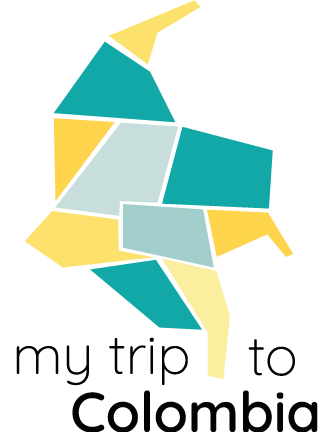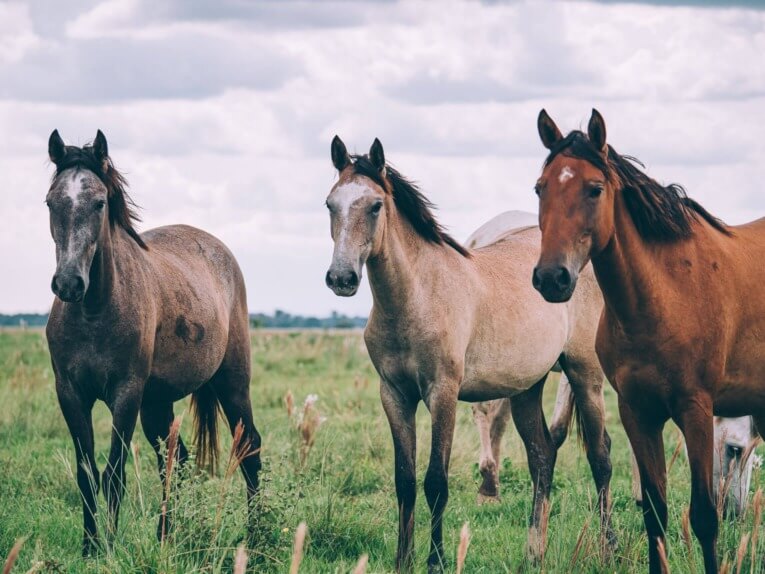In this post, we present our visit to Hato Los Deseos. During our discovery of the Casanare in Colombia’s llanos, we had the chance to visit various “hatos”, huge cattle farms that are veritable protected natural areas.
These hatos are at the heart of llanera culture, and make a visit to the Casanare all the more interesting. The Casanare is a rural region where 4x4s are more than necessary.
Apart from the main road from Yopal to Trinidad, all the surrounding roads are simple tracks in poor condition. And the Hatos are lost farms where you can’t even get to on your own.
Disclaimer: we apologize in advance for any grammatical or syntactic errors, as our native language is not English (we're a Colombian-French couple), so we hope you'll forgive us and still enjoy the information we share with you! Please note that all the information on our blog is based on our own experience, and is checked and updated regularly.
Content
Related posts
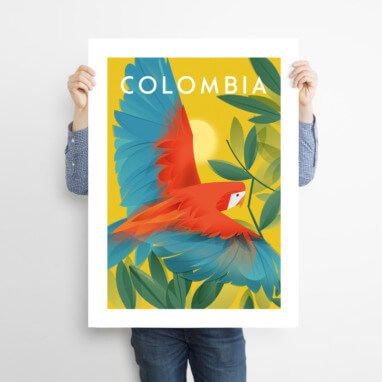
Exclusive 5% Off Discount For you
Best Travel insurance for Colombia
Our partner offers the best rates and a 5% discount for our blog readers! (regardless of travel dates)
Adventure at the end of the road
Visiting Hato Los Deseos in Casanare
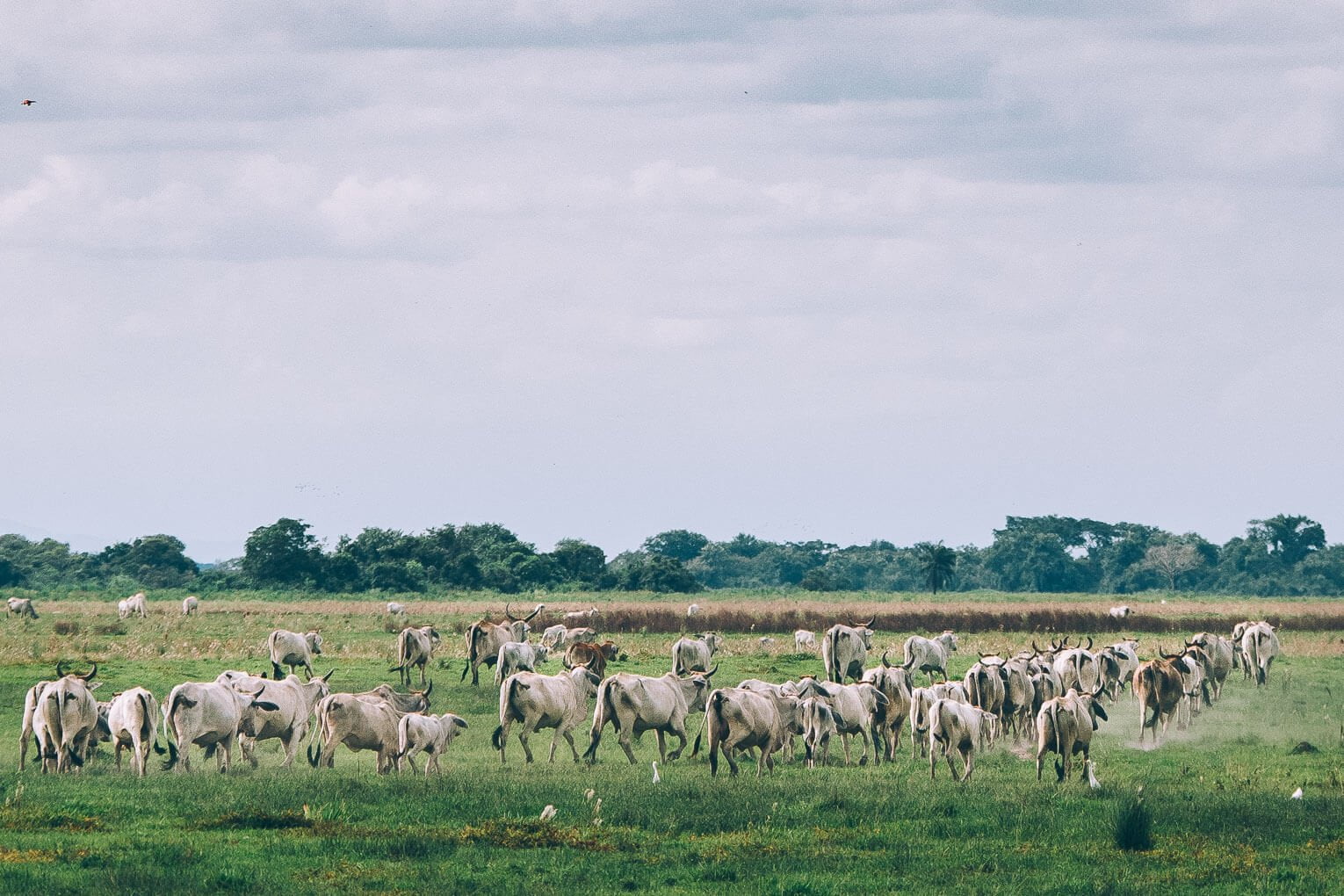
We meet up with our guide Heiler to take the 4×4 to the Hato Los Deseos. Once off the main road, we take a chaotic track and then fork across fields onto a path that only Jesus our driver seems to see.
Rice fields surround us on either side, then finally we come to a fence. Heiler goes down to open the gate and we enter the property. It will take us another 10 minutes to reach the house!
We’re back to the fantastical landscapes of Colombia’s Llanos: vast plains as far as the eye can see. Hato Los Deseos is a 900-hectare Hato, and from the house it’s hard to make out the cattle lost in the prairie.
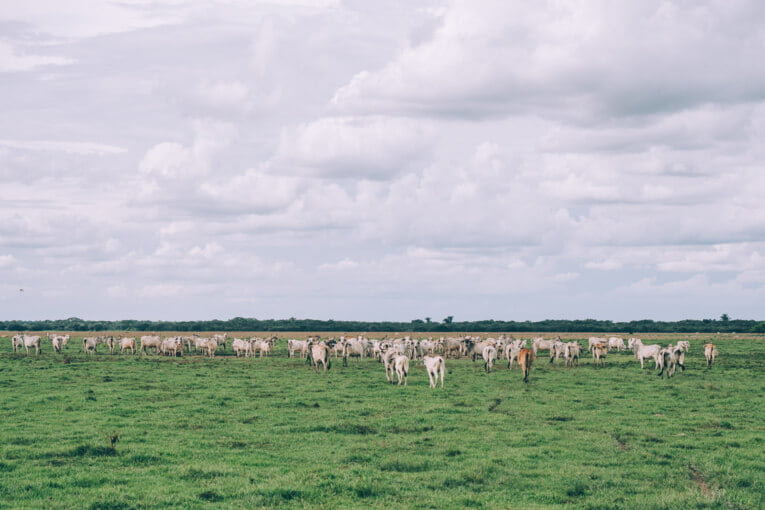
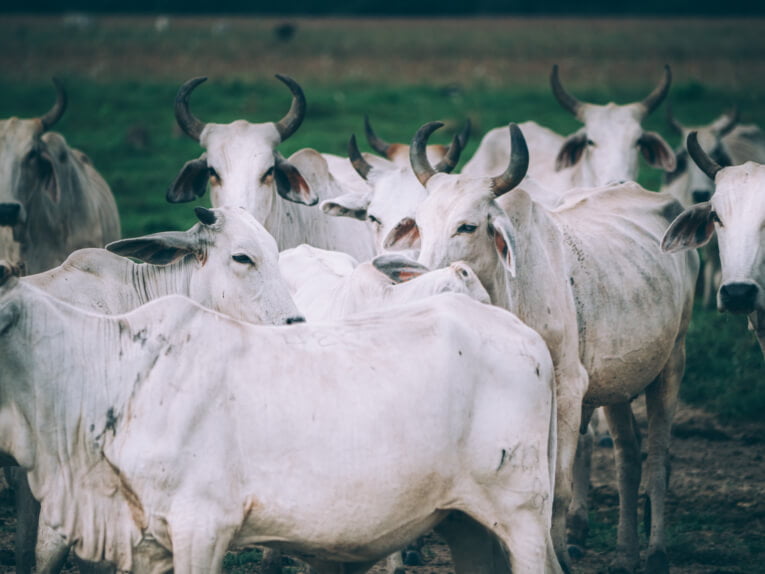
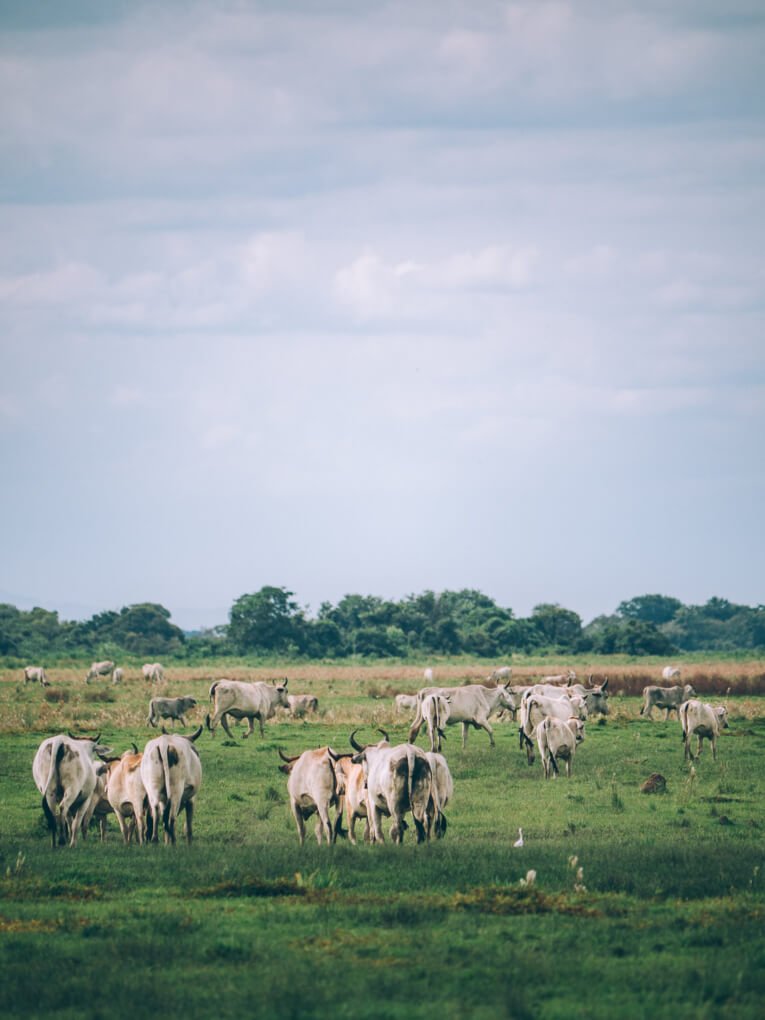
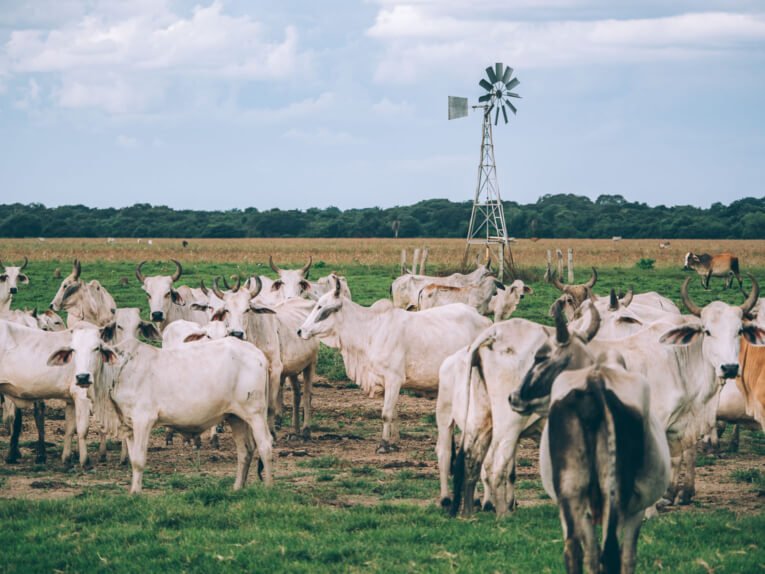
The cows are raised in the traditional free-range way, on vast tracts of land. They feed solely on grass and salt, supplied regularly by the farmers. The herd is managed on horseback, the indispensable companion of the Colombian llanero who, wearing his hat, evokes the epinal image of the cowboy.
Contact Heiler, our local Partner to visit Hato Los deseos in Casanare
Gargantuan meal at Hato los deseos
Visit the Casanare
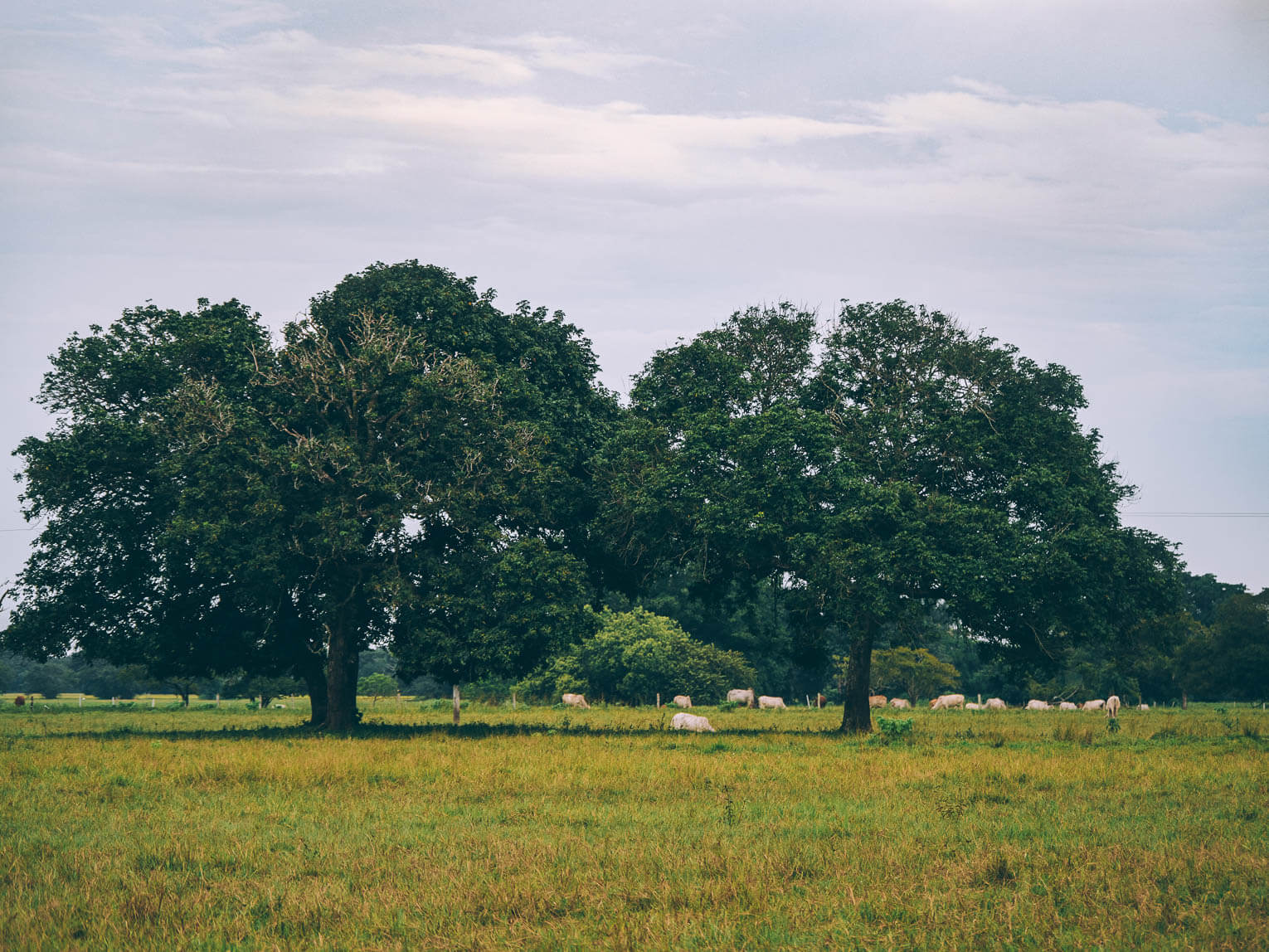
We arrive for lunch, and today we’re having lunch on the farm with the workers. The meal is gargantuan, with minced venison, “cerdo ecologico”, rice and plantains on the menu. Here, the “ecological pig” is the meat most appreciated by the farmers.
These are domesticated pigs that have escaped and, over the years, created a new breed that has returned to the wild. These wild pigs eat only berries and fruit, hence their name ;-).
To eat it, the llaneros cook the meat of the ecological pig, shredded then fried, and it’s a real treat for the taste buds!
The end of the meal calls for a nap on the hammocks. Like every day, it’s hot, and Heiler prefers to wait for the temperature to drop before taking us for a walk. When it’s time to mount up, we’re lucky: the sky is overcast, a sign of a milder afternoon.
Contact Heiler, our local Partner to visit Hato Los deseos in Casanare
Horseback riding at Hato los deseos
Discover Hato Los Deseos in Casanare
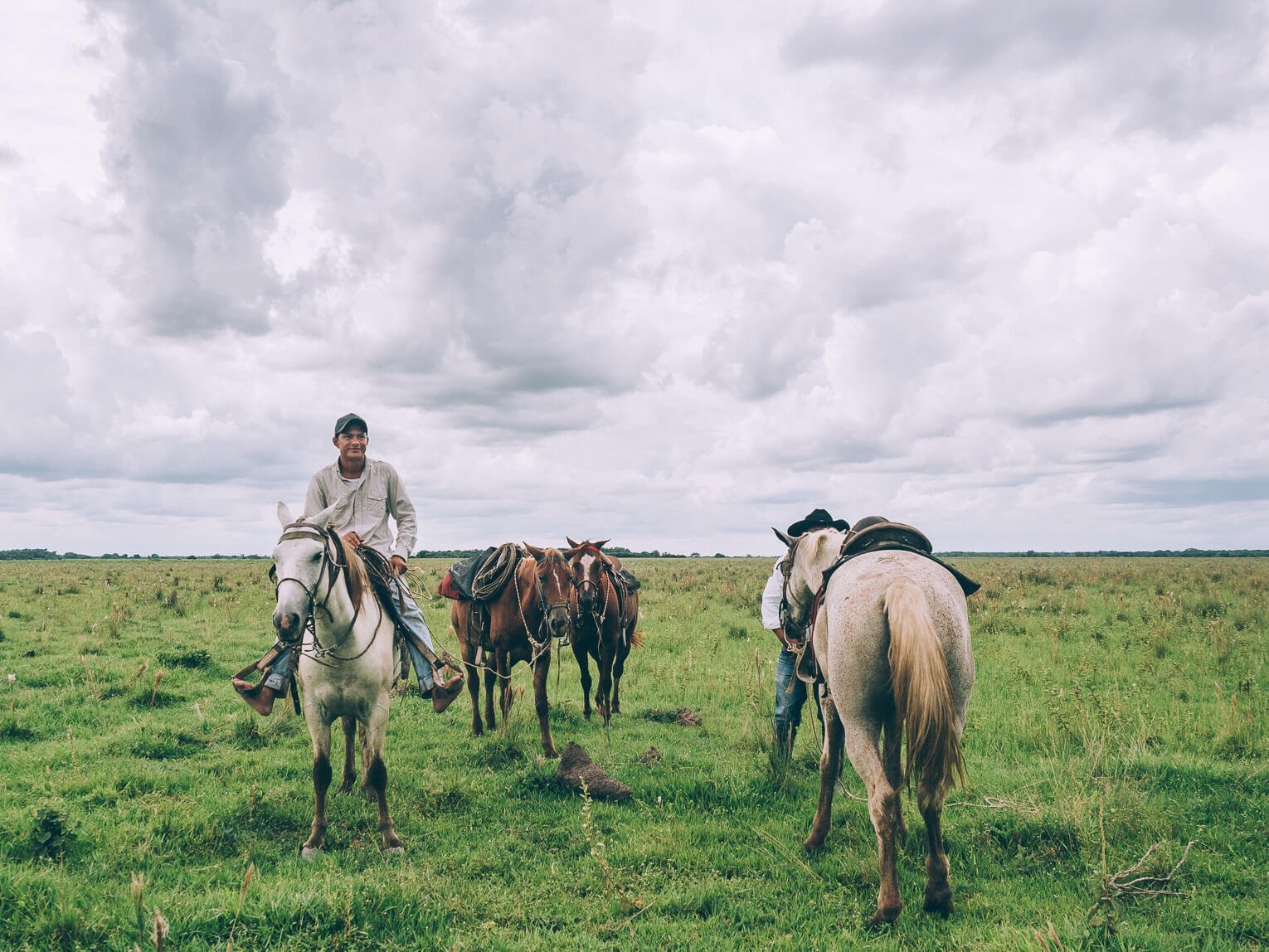
We set off across the endless meadow towards the huge herd in the distance, which has gathered around the few trees that provide a little shade. The scenery is restful and the horseback ride superbly pleasant.
We come across some Burrowing Owls with their funny, cute heads! This variety of owl digs holes in the ground to nest, and we see a family of 3 emerge from their hole to look at us with their big eyes! So beautiful!
Then we head for a garcero (a heronry), where thousands of herons of all colors flit between the branches. Black, red, white, grey, it’s really impressive to see so many birds in one place (Colombia is THE country with the greatest diversity of birds in the world.
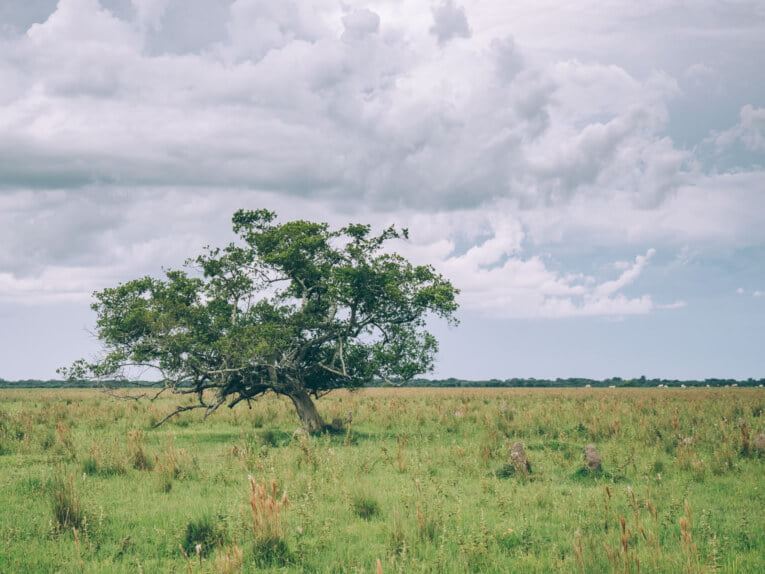
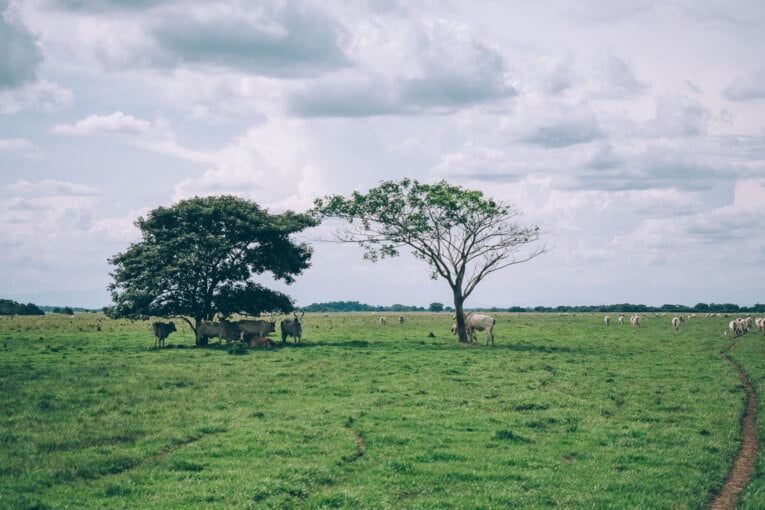

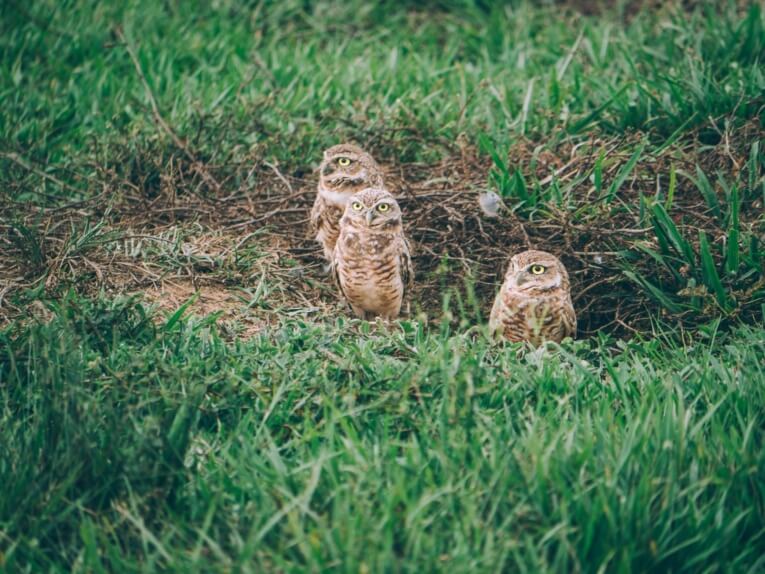
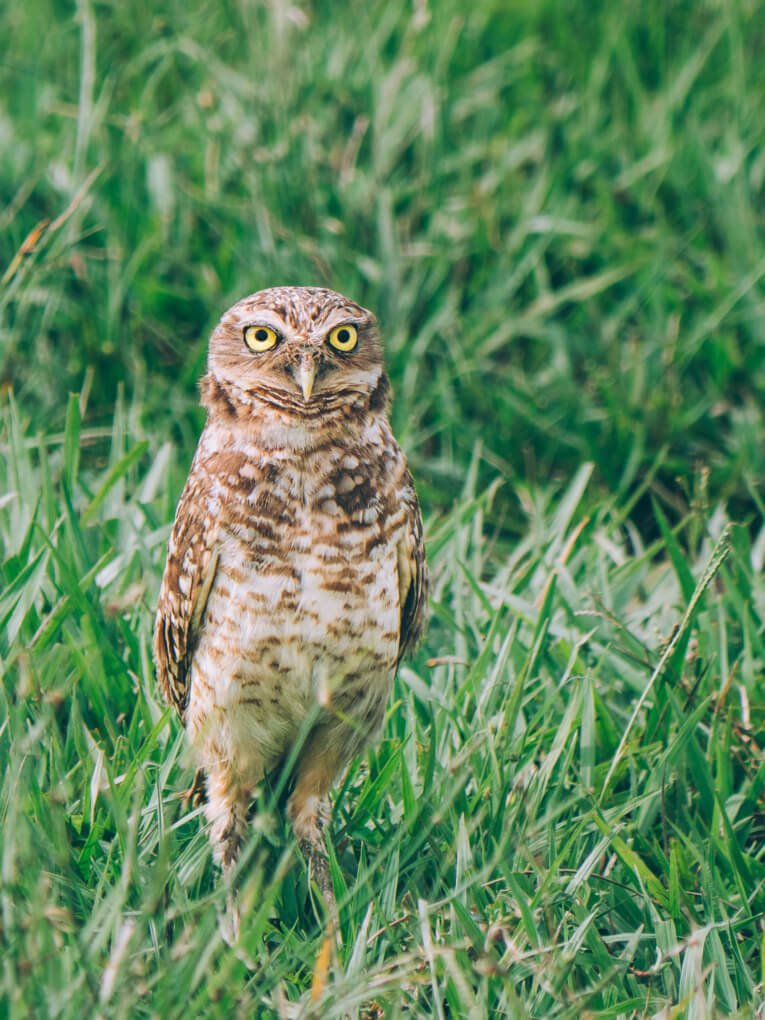
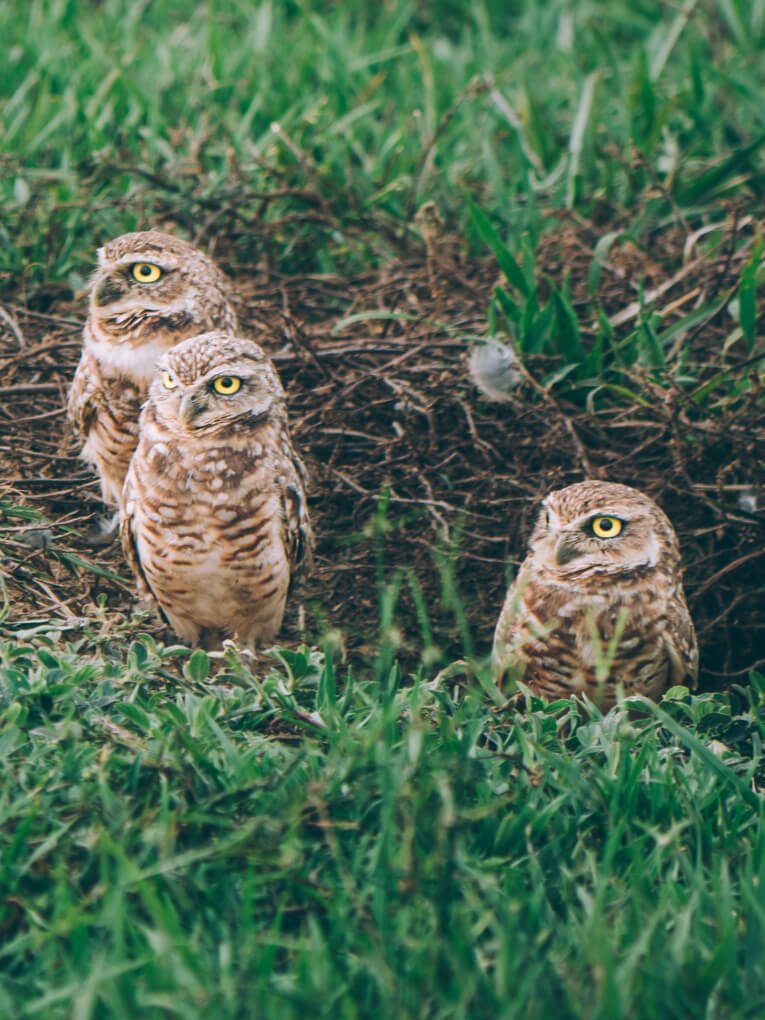
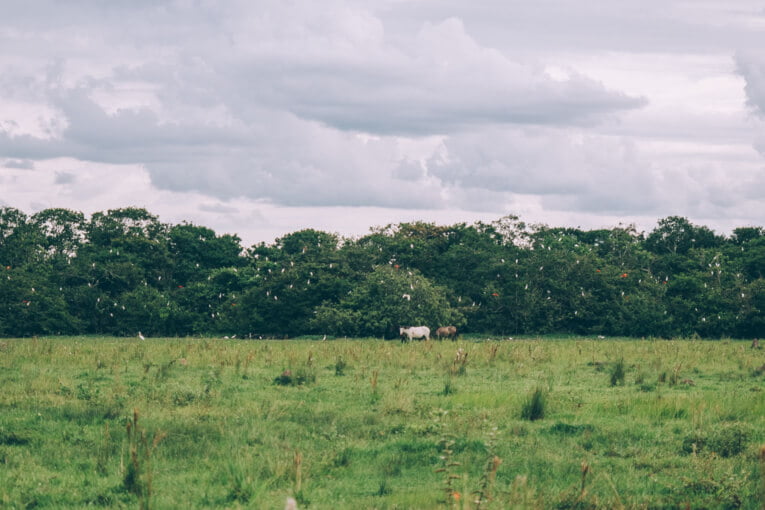
Heronries are like the homes or bedrooms of wading birds, where they gather every evening in the late afternoon to sleep. It’s also where they nest.
Wild horses follow us from afar, between curiosity and apprehension. We cross marshes with water up to the horses’ sides. In the distance, dozens of deer gambol across the fields, amid white cows that stand out against the green of the meadow.
Once again, the Casanare surprises and amazes us with the richness of its wildlife , and convinces us that this is indeed one of our favorites of our recent trips to Colombia.
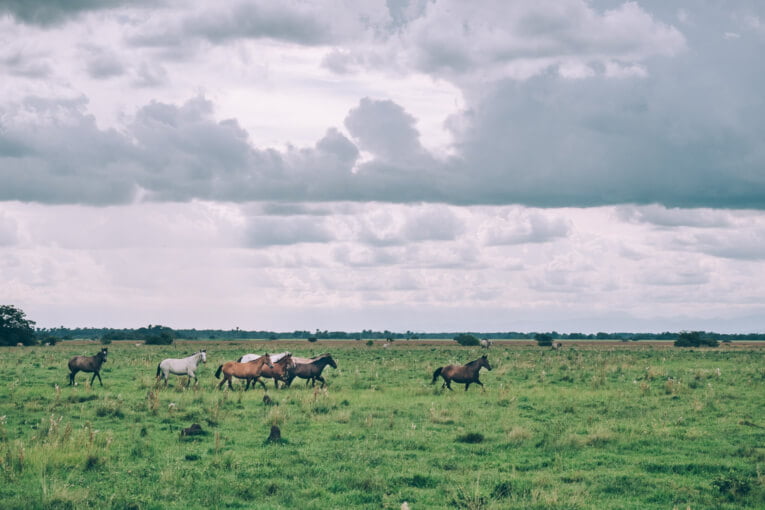
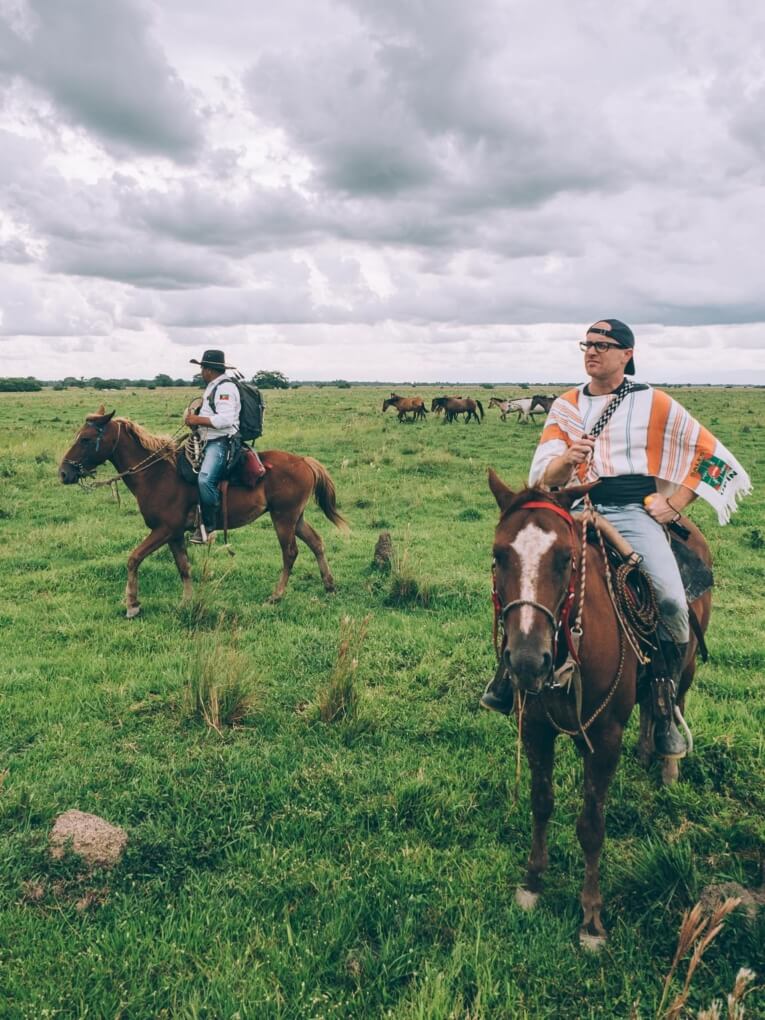
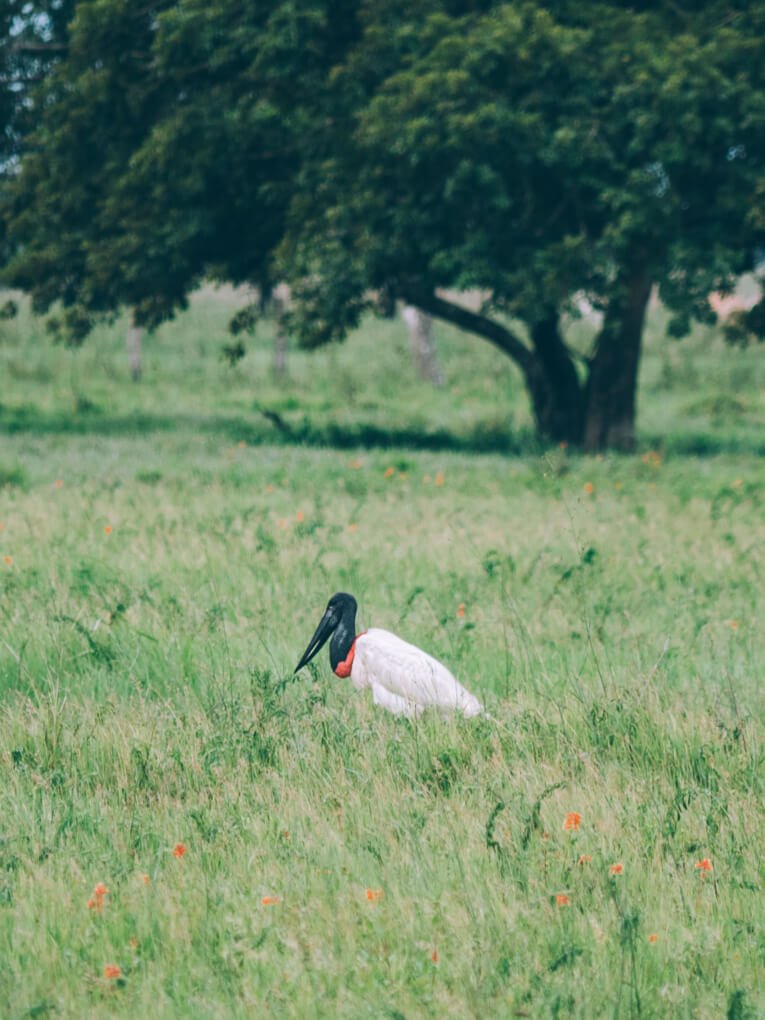
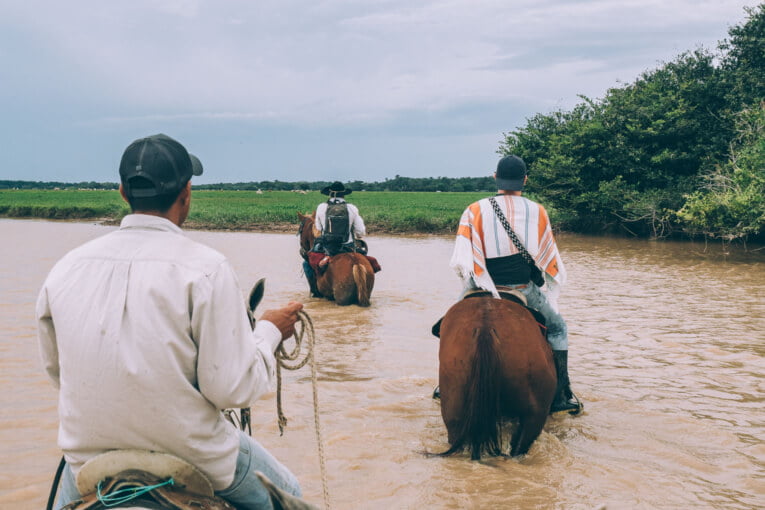
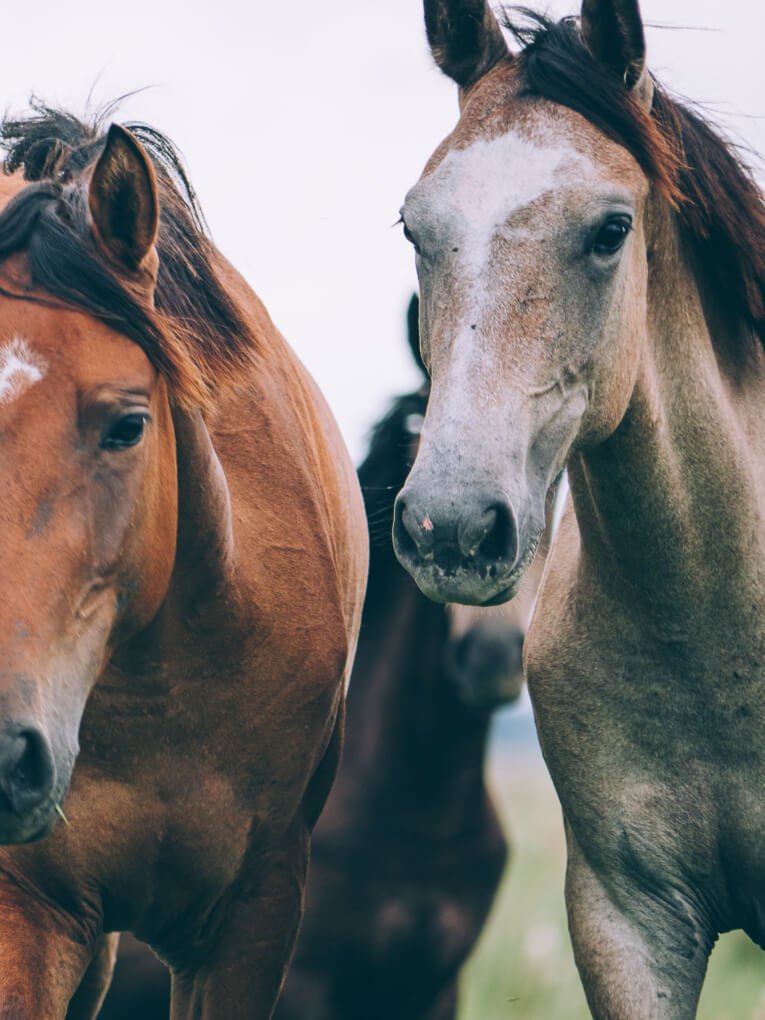
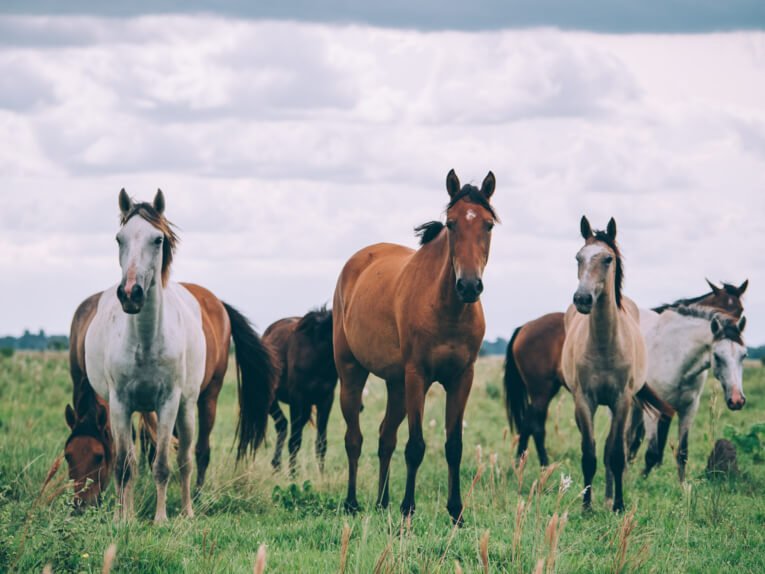
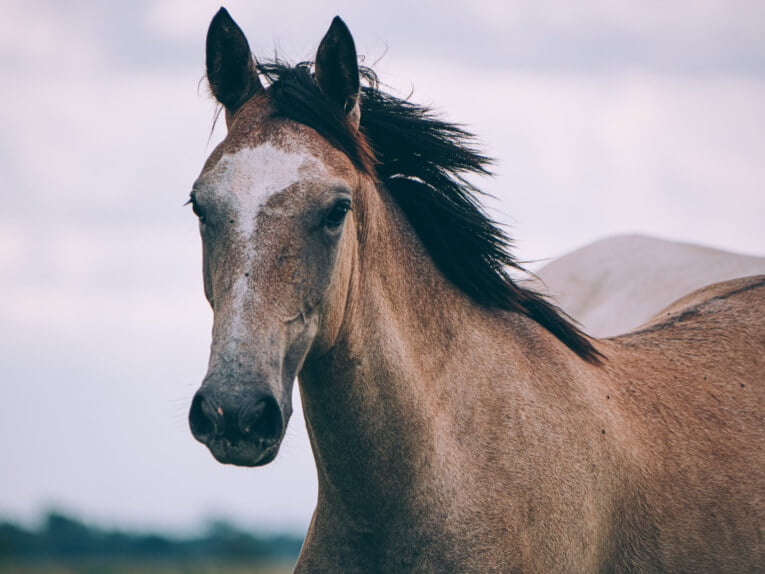
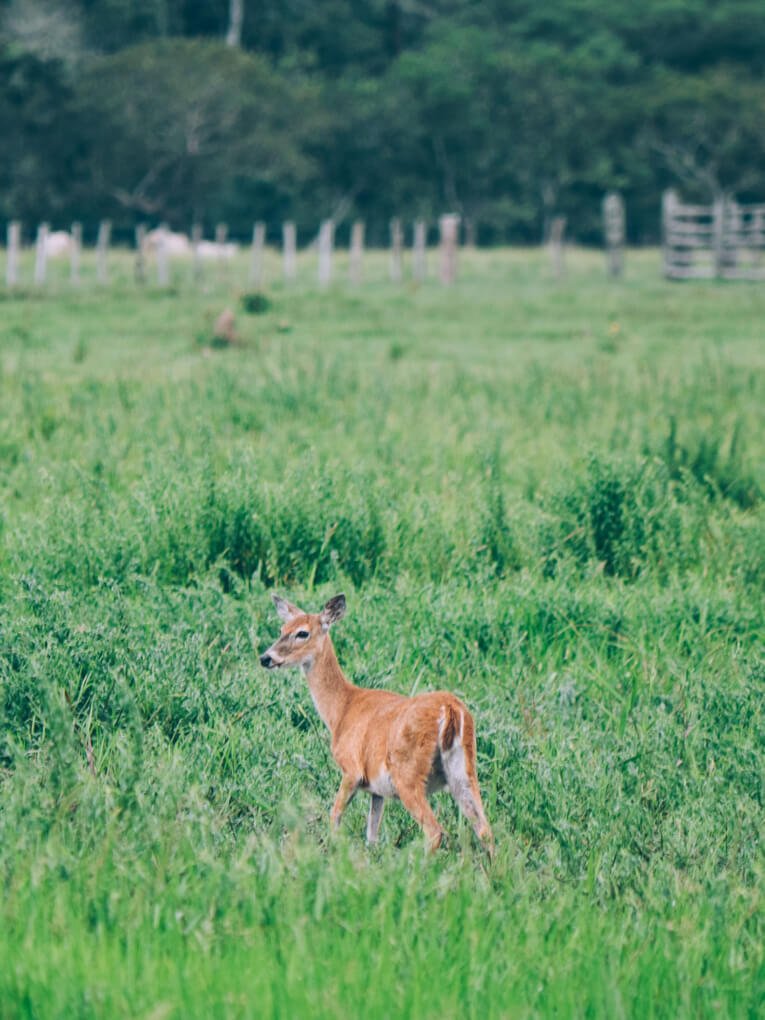
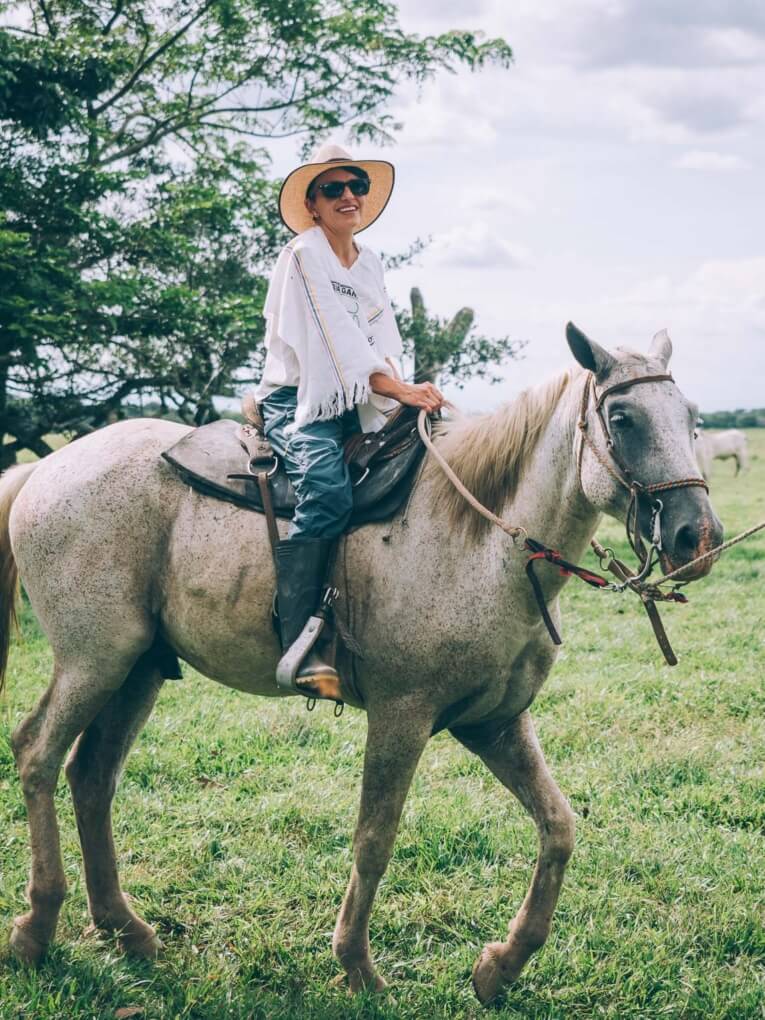
Contact heiler to visit Hato los Deseos
Where to stay in Yopal
Yopal

Hotel
Villa Lisseth
Double room : $150.000 to $200.000 COP
A hotel where we stayed in Yopal at the end of our return from Safari Llanero. A nice place in a quiet area of town, in a pretty garden with a swimming pool, large, clean and modern rooms, and a very warm welcome from the staff!
How to get to Hato Los Deseos
Hato Los Deseos is located between the municipalities of Trinidad and San Luis de Palenque, but you can’t get there on your own. Why not?
- Because it’s privately owned
- Because it’s first and foremost a working farm
- Because only local guides have the contacts to enter and be welcomed on site.
Having said that, you can get closer to the villages of Trinidad and San Luis de Palenque on your own, but we recommend you to contacf Heiler in advance to prepare your stay in Casanare.
Getting to Yopal by bus
It’s very easy to get to Yopal by bus.
BUS | Bogota – Yopal (8h)
- Fare: approx. $70.000 COP
- Companies: Concorde, Flota Libertadores (Sugamuxi), Copetran
- Departures: all day, with night buses also available.
BUS | Villavicencio – Yopal (5h if no construction work)
- Fare: approx. $50.000 COP
- Companies: Flota Libertadores (Flota Sugamuxi)
- Departures: all day
Getting to Trinidad or San Luis de Palenque by bus/taxi
From Yopal, you can take a bus to San Luis de Palenque or Trinidad, the only paved road in the area. Alternatively, most local guides will offer to pick you up at the airport. We did just that.
BUS | Yopal – Trinidad or San Luis de Palenque (2h)
- Fare: approx. $35.000 COP
- Company: Flota Sugamuxi
- Departures: all day
Getting to Yopal by plane
PLANE | Bogota – Yopal (1h)
- Fare: $150.000 COP one way
- Airlines : Avianca, Latam, Clicair
When to visit Casanare
The seasons in the Casanare region are very marked, bringing changes to the landscape and the way you visit it.
Dry season
Between January and March, the whole plain is completely dry, the rivers diminish, the lakes diminish and the wildlife concentrates around the few existing water points. The “Moriche” or “Morichal” palms are one of the key elements in the preservation of the “flooded savannah” ecosystems that retain water during the dry season.
During this period, Hatos can be explored on foot or by 4×4. Please note, however, that some activities are not possible due to the lack of water.
Rainy season
From May to October is the rainy season, when the rivers swell and some parts of the plains are flooded. This is when the abundance of wildlife is at its most spectacular. There’s a peak in June and July, when the rains are heaviest and the plains are almost completely flooded.
During this period, the Hatos are best explored on horseback or by boat.
We went to the Casanare in September 2019 and that year we were in the intermediate period when part of the plains were flooded, but not totally.
Transitional season
April, November and December are transitional months.
